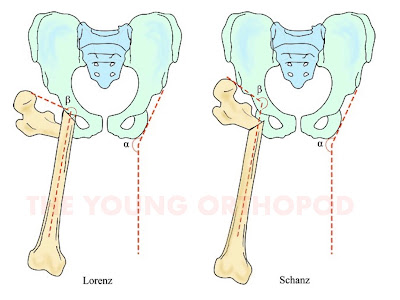My patient Mr. X son of Mr. Y, 40 years old male, farmer by occupation, resident of Z, presented with the Chief Complaints of Pain in the lower back for 1 year Weakness of both lower limb for 1 year Loss of sensation in the right lower limb below groin for 6 months Difficulty in/ loss of control over passing urine & stools for 2 months Deformity of lower back for 2 months HOPI (History of Presenting illness) - As stated by the patient/parents He was apparently asymptomatic 1 year back when he developed PAIN over lower back which was insidious in onset, gradually progressive, continuous/intermittent, mild to moderate in intensity, pricking/stabbing/shock type in nature, non-radiating, aggravated by weight bearing/activity/ coughing and sneezing , relieved by taking rest and oral medications. No diurnal or seasonal variation. Patient developed WEAKNESS of the both lower limbs one year ba









